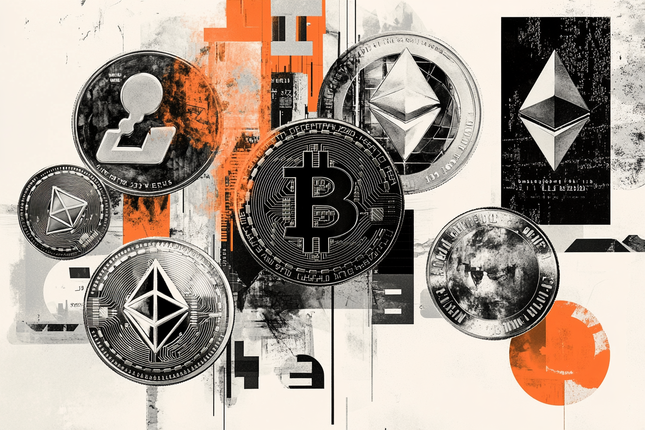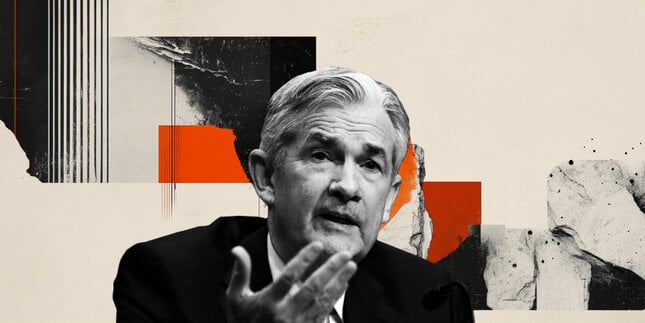Rates
Global core bonds traded mixed with Bunds outperforming on the back of a bigger than expected drop in Spanish and German CPI readings. German inflation declined from 2.2% Y/Y to 1.5% Y/Y in February, suggesting that the ECB has more breathing room to hold on to its ultra-easy policy and fend off external pressure to start normalizing its monetary policy in the near term. The Bund had an intraday upward bias, while the US Note future lost some ground in the US session. Bund gains remain contained though. US eco data printed mixed and had no impact on trading. Stock markets eked out small gains while Brent crude increased above $52.5/barrel, improving the technical picture.
At the end of the day, changes on the German yield curve ranged between -1.1 bp (10-yr) and +01 bp (2-yr). The US yield curve bear steepened with yields 1.2 bps (2-yr) to 4.9 bps (30-yr) higher. On intra-EMU bond markets, 10-yr yield spreads versus Germany widened up to 2 bps with Portugal outperforming (-4 bps).
Heavyweight NY Fed governor Dudley, close ally to Fed chairwoman Yellen, said overnight that risks for both economic growth and inflation over the medium to long term may be gradually shifting to the upside. His main argument is the stimulative shift that US fiscal policy will make under US President Trump.
Therefore “it seems appropriate to scale back monetary policy accommodation gradually in order to reduce the risk of the economy overheating, and to avoid a significant inflation overshoot in the medium term”. Dudley said that the Fed isn’t removing the punch bowl yet, but they’re adding a bit more fruit juice. Dudley’s comments confirm remarks by Boston Fed Rosengren yesterday. The mind-set of the Fed seems to be changing from “keeping policy unchanged unless eco data are really, really strong” to “tightening at a regular base unless eco data really, really disappoint”. We hold our view that the Fed will raise its policy rate 3 more times this year. That’s 1 hike more than the current median FOMC projections and more hawkish than market positioning (1.5 hike discounted).
Dispersion US & EMU inflation?
The main items on today’s eco calendar are EMU (CPI) and US (PCE) inflation. Following lower-than-forecast German and Spanish inflation readings, risks are on the downside of expectations.
Consensus predicts a decline of headline inflation from 2% Y/Y to 1.8% Y/Y, but also a fall in core inflation from 0.9% Y/Y to 0.8% Y/Y. The US PCE deflator is expected to rise from 1.9% Y/Y to 2.1% Y/Y, exceeding the Fed’s 2% inflation target for the first time since Q1 2012. Core PCE is forecast to stabilize at 1.7% Y/Y. Other eco data will probably be less relevant for trading today with US personal income/spending, Chicago PMI, final Michigan consumer confidence and German unemployment data. Fed Dudley (spoke yesterday), Kashkari (dissented March rate hike) and Bullard (arch-dove) are scheduled for public appearances, but we don’t expect them to impact trading.
Underperformance of US Treasuries today?
Overnight, most Asian stock markets cede ground with Japan and China slightly outperforming. However, risk sentiment is worsening at the end of trading. Chinese PMI’s printed strong while Japanese eco data were mixed. Hawkish comments by NY Fed Dudley don’t weigh on US Treasuries. We expect a neutral opening for the Bund.
The focus for today’s trading session will be on inflation data (EMU CPI and US PCE deflator). The dispersion between EMU (declining inflation) and US (rise above Fed’s 2% target) should cause underperformance of US Treasuries vs German Bunds today. Against the background of recent Fed talk, it could mark the start of a new decline within the sideways trading channel of the US Note future. The German Bund reversed the decline on the back of speculation on an earlier than expected exit. Today’s drop in inflation might cause another uptick.
Technically, we expect the US 10-yr yield to trade in the 2.3%-2.64% range. Moves towards the lower bound could be used to offload bonds or position for higher rates. Longer term, we maintain our scenario of 4 rate hikes in 2017 and higher long term yields. The German 10-yr yield trades in the 0.2%/0.5% range and we hold a similar approach as in the US ahead of the French elections.
This non-exhaustive information is based on short-term forecasts for expected developments on the financial markets. KBC Bank cannot guarantee that these forecasts will materialize and cannot be held liable in any way for direct or consequential loss arising from any use of this document or its content. The document is not intended as personalized investment advice and does not constitute a recommendation to buy, sell or hold investments described herein. Although information has been obtained from and is based upon sources KBC believes to be reliable, KBC does not guarantee the accuracy of this information, which may be incomplete or condensed. All opinions and estimates constitute a KBC judgment as of the data of the report and are subject to change without notice.
Recommended Content
Editors’ Picks

AUD/USD recovers further to 0.6000 despite escalating US-China trade war
AUD/USD is building on its recovery from its lowest level since March 2020, retesting 0.6000 in Wednesday's Asian trading. The pair's upside appears elusive as officials confirmed that the US will proceed with a sweeping 104% tariff on Chinese imports starting this Wednesday.

USD/JPY: Japanese Yen strengthens further as recession fears boost safe-haven demand
The Japanese Yen continues to benefit from US tariffs-inspired global flight to safety. Hopes for a US-Japan trade deal further underpin the JPY amid sustained USD selling. The divergent BoJ-Fed expectations support prospects for deeper USD/JPY losses.

Gold price extends its consolidative price move near multi-week low
Gold price remains confined in a range near a multi-week low touched on Monday amid mixed fundamental cues. The widening global trade war and recession fears lead to an extended sell-off in equity markets worldwide. Moreover, bets for more aggressive Fed rate cuts and a weaker USD act as a tailwind for the bullion.

Bitcoin, Ethereum and Ripple target $73,000 BTC, $1,300 ETH, and $1.30 XRP
Bitcoin price hovers around $76,200 on Wednesday after falling 3.59% the previous day. Ethereum and Ripple followed BTC’s footsteps and continued their downward trend.

The Fed is looking at a hefty price level
We are still in thrall to tariffs, the faux-macro “data” driving markets. The WSJ editorial board advised other countries to take their tariffs to zero so that Trump’s “reciprocal” tariffs will have to be zero, too. Cute, but no cigar.

The Best brokers to trade EUR/USD
SPONSORED Discover the top brokers for trading EUR/USD in 2025. Our list features brokers with competitive spreads, fast execution, and powerful platforms. Whether you're a beginner or an expert, find the right partner to navigate the dynamic Forex market.